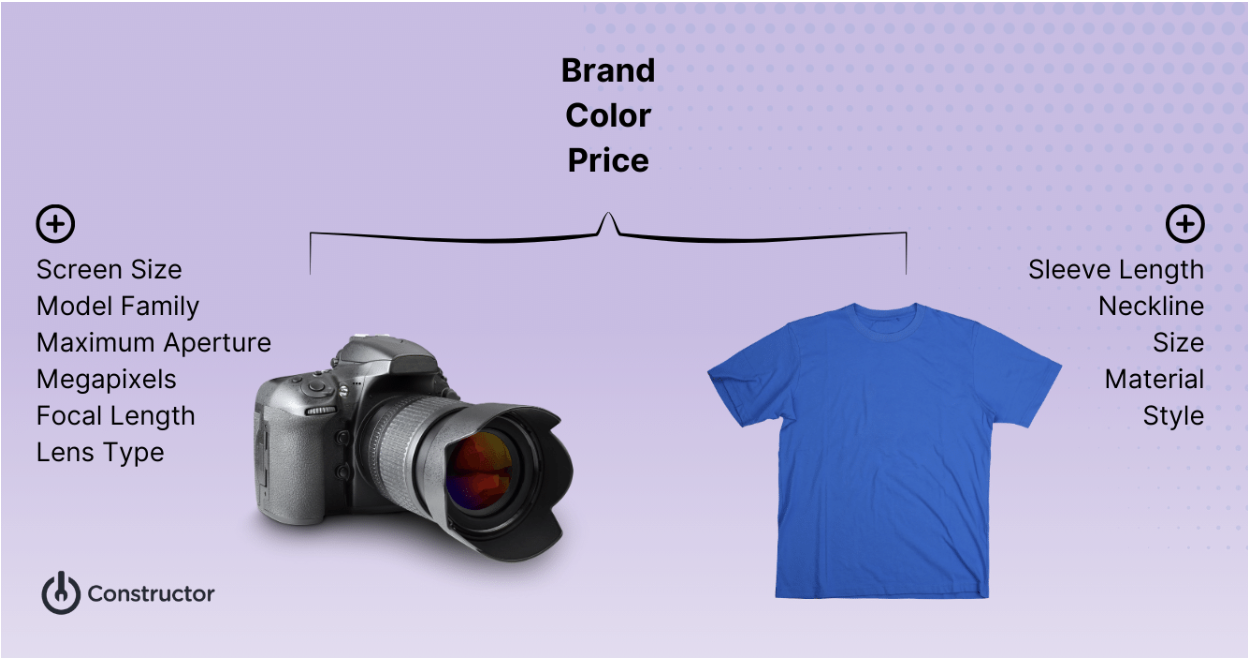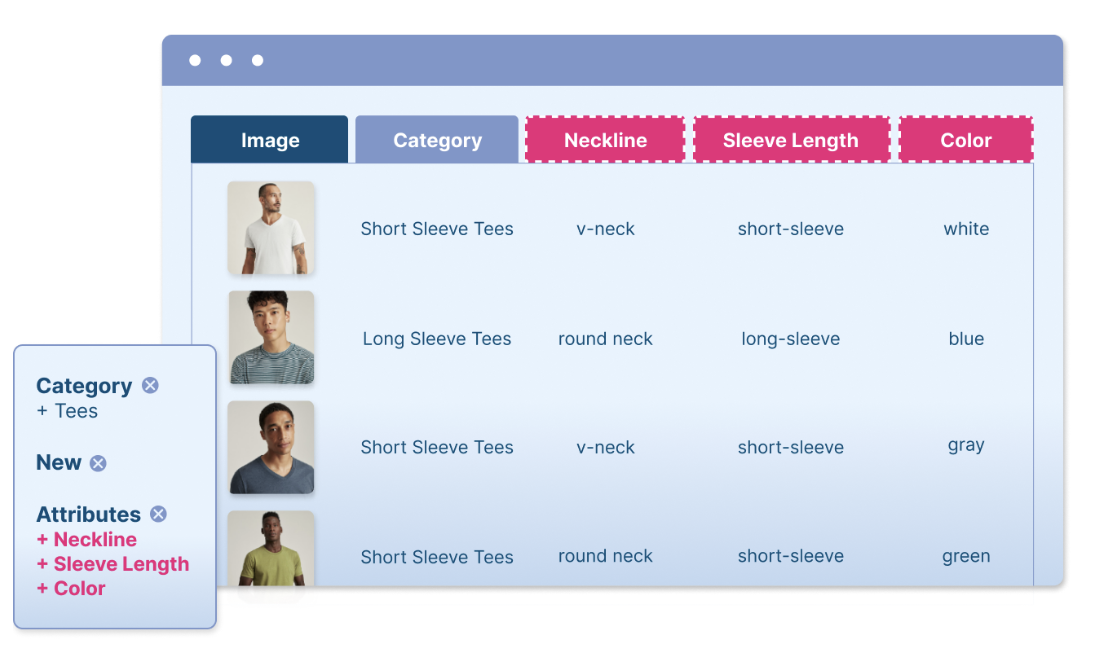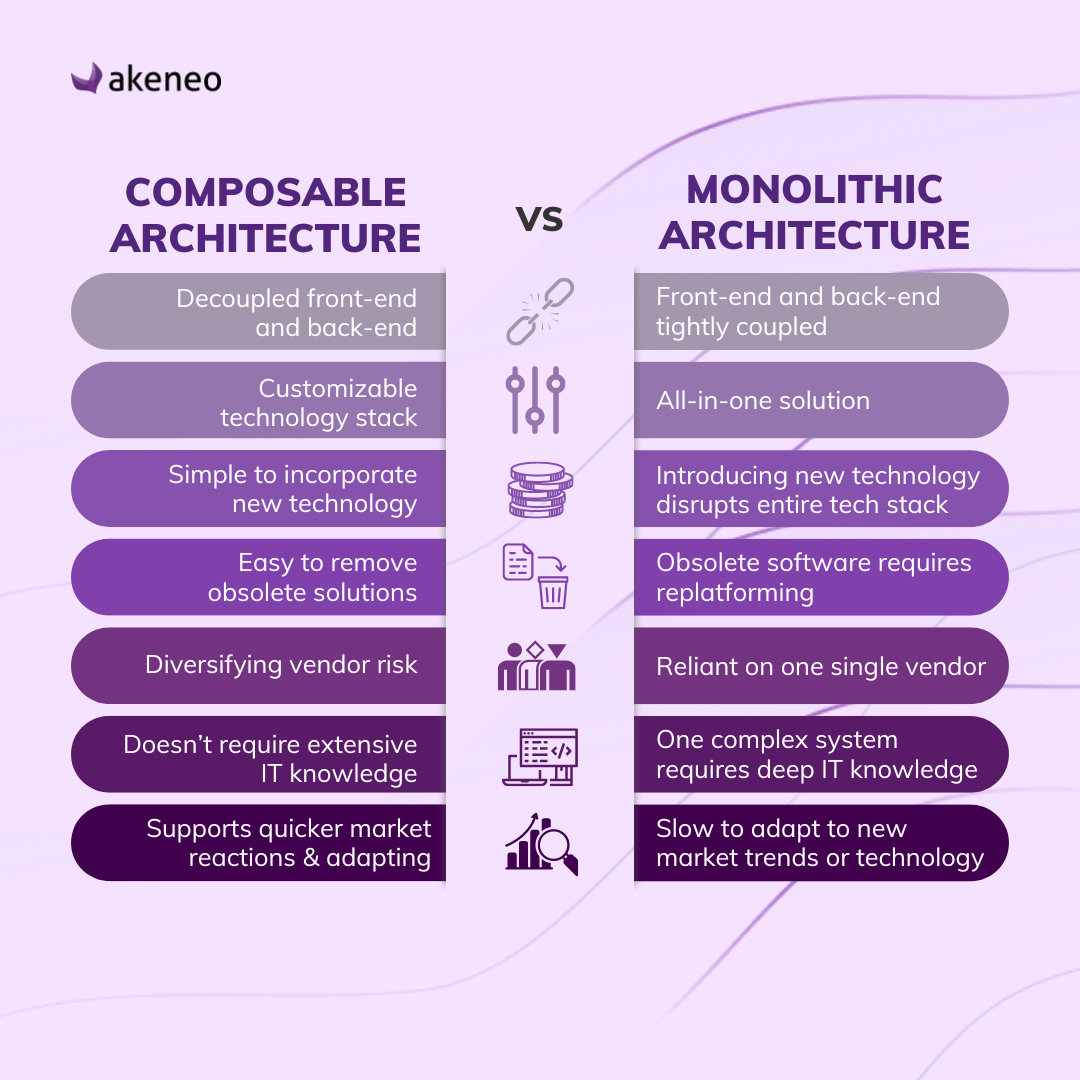Artificial Intelligence
The AI Tour: Top 5 Hits for Revolutionizing Customer Experiences with AI
From playing a pivotal role in personalizing customer interaction to how it can mitigate returns “all too well”, we’ve crafted our own setlist that breaks down the benefits of Artificial Intelligence, which may or may not be inspired by Taylor Swift’s Eras Tour.
It may have been a “cruel summer” for those choosing not to embrace AI but for those who have, it’s making their “wildest dreams” come true. And those organizations are continuing to reap the benefits. From playing a pivotal role in personalizing customer interaction to how it can mitigate returns “all too well”, we’ve crafted our own setlist that breaks down the benefits of Artificial Intelligence, that may or may not be inspired by Taylor Swift’s Eras Tour (what can I say, she’s a “mastermind”!).
Track 1: “Enchanted” Customers
Step into a world where customer experiences are not just transactions but enchanting journeys and immersive experiences. From tailored recommendations that feel like a whispered secret to predictive insights that anticipate desires, AI can help transform mundane transactions into extraordinary moments. We asked Steve Engelbrecht, Chief Executive Officer at Sitation, LLC, to provide some insight on:
What innovative ways is AI being used to personalize customer interactions?
Steve: In today’s digital landscape, AI is a powerhouse when it comes to elevating the customer experience. It’s not just a technology; it’s a game-changer. Think of it as your secret weapon for delivering exceptional interactions with your customers.
Take personalized product recommendations, for instance. AI can analyze past interactions, sales data, and product availability, tailoring recommendations to each customer’s unique preferences. The result? Boosted engagement, higher conversion rates, and happier customers who discover products they genuinely love. But that’s not all – AI goes beyond recommendations. It reduces decision fatigue, constantly fine-tunes its suggestions, and even opens doors for cross-selling opportunities.
Now, let’s talk about generative AI. This wizardry is all about crafting personalized content that speaks directly to your customer segments. By aligning messaging with individual preferences and interests, it makes your customers feel like you truly understand them. And when they feel understood, conversions soar, and cart abandonment dwindles. The beauty of generative AI lies in its scalability and efficiency. It’s your ticket to creating exceptional interactions on a grand scale while gaining valuable insights to steer your business in the right direction.
AI isn’t just important; it’s indispensable for enhancing customer interactions. Whether it’s personalized product recommendations or tailored content, AI has the power to transform your website into a hub of engaging, satisfying, and data-driven experiences for your customers.
We see AI as the future of digital merchandising and have built the preeminent delivery team for artificial intelligence as part of an Akeneo Product Cloud implementation. Our staff of data scientists, engineers, and consultants live and breathe product data, and are passionate about creating extraordinary and highly personalized customer interactions using this fascinating and disruptive new technology.
Track 2: No Longer the “Anti-Hero”
Returns are inevitable and play a major role in guaranteeing customer satisfaction but, with AI, returns shed their antihero status and transform into an opportunity for refinement. AI within a PIM framework, learns from return data, offering valuable insights for product improvements and customer satisfaction optimization. The narrative evolves further, casting returns not as adversaries but as catalysts for continuous improvement and customer-centric innovation in the ever-evolving landscape of eCommerce. We asked Maximilien Schall Fonteilles, Chief Executive Officer at Dataggo for his thoughts on:
How can AI be utilized to mitigate return rates?
Max: Reducing return rates is essential for retailers in all sectors, not only to protect their margins but also to guarantee customer satisfaction. Artificial intelligence offers powerful tools and promising solutions to help achieve this goal, both reactively and proactively.
One of the most immediate benefits of AI is its ability to rapidly process large quantities of data, both structured and unstructured. In the context of product returns, this means that AI can quickly analyze the reasons why customers return items. Whether through comments left on the site, product reviews, emails to customer service, or even conversations on social networks, AI can identify recurring patterns and trends that might escape human analysis to trigger initial resolutions.
Once these patterns have been identified, AI can also help companies implement solutions by suggesting additions or modifications based on customer feedback, improving the clarity and accuracy of product information. For example: adjustments in the size guide, identification and enrichment of insufficient or misleading information…
Finally, AI can also play a preventive role, reducing the likelihood of returns before they even occur. Thanks to sophisticated recommendation algorithms, AI can suggest products that better match customers’ individual preferences and needs. By analyzing purchase history, browsing behavior, and other relevant data, AI can predict with astonishing accuracy which products are likely to appeal to a given customer. This not only reduces the risk of impulse purchases that are later regretted but also improves the overall shopping experience for the customer.
What’s next? AI, combined with augmented reality, could offer innovative solutions such as “virtual trials”. For fashion retailers, for example, this could enable customers to try on garments virtually before buying, reducing the need to order several sizes or colors to try on at home.
Track 3: Filling the “Blank Space”
In the realm of business expansion, AI serves as the masterful brushstroke that fills the canvas of untapped markets and geographies. AI can help decipher market trends, consumer behaviors, and cultural nuances, providing businesses with invaluable insights into the uncharted territories they aim to explore. This intelligent guidance ensures that market entry strategies are not only well-informed but also tailored to resonate with the unique demands of diverse audiences. From language customization to understanding local preferences, AI becomes the compass navigating businesses through the complexities of new markets. Our partner, Nick Panagopoulos, VP, Global Strategic Alliances at TransPerfect provided some key perceptions on:
How does AI help businesses tap into new markets and geos?
Nick: AI unto itself does not help a business tap into new markets and geos. Instead, it may be used to help make the process more efficient. Whether it is being used for competitive insights, market intelligence, or as a device to streamline the process of content generation, the applications for AI are endless. What is exciting for TransPerfect and our customers is the new ways it helps take what was historically very expensive work and make it more efficient and cost-effective.
The translation industry is no stranger to this concept of technology making the process more efficient. With the advent of translation memory in the late 90’s and the broader adoption of machine translation in the past decade, technology continues to revolutionize how companies communicate with international markets. AI is the next great wave of efficiency and has, almost overnight, created a whole new industry of services designed to help companies take advantage of this technology, train it for their uses, and drive the greatest balance of efficiency and quality from the output.
Track 4: “I Can See You” Out of Stock
The worst feeling is when you find an item that you love, whether it be a shirt, shoes, a child’s toy, or kitchen appliance only to see the words “out of stock” next to it. Customer dissatisfaction due to the unavailability of products, lost sales and revenue since the customer is now looking elsewhere for the item, and supply chain disruptions from stockouts affect production schedules and shipments making this scenario a nightmare for any retailer or brand. However, AI can play a transformative role in preventing this and more.
According to the Google Cloud Gen AI Benchmarking Study of July 2023, “80% of manufacturing organizations consider machine-generated events monitoring to be valuable” and “AI will act as a Supply Chain Advisor and optimize fulfillment by recommending best-suited suppliers based on relevant criteria.”
From demand forecasting to predictive analytics, to real-time monitoring and dynamic reordering, the benefits of incorporating AI are endless and have made it a strategic business imperative.
“Generative AI opens up a new avenue, allowing people to think fundamentally differently about how business works. Whereas AI and ML were more about productivity and efficiency — doing things smarter and faster than before — now, it’s ‘I can do it completely differently than before.”
Carrie Tharp,
VP of Strategic Industries
Google Cloud
By leveraging AI in supply chain management, businesses can not only prevent stockouts but also optimize inventory levels, improve customer satisfaction, and build a more resilient and agile supply chain. AI’s ability to analyze vast amounts of data and make intelligent predictions positions it as a valuable tool in addressing the consequences of out-of-stock situations.
Track 5: Sustainability Will “Never Go Out of Style”
Consumers are increasingly wielding their purchasing power as a force for good. Conscious consumerism has emerged as a powerful movement, transcending traditional buying habits to embrace values that extend beyond product features and prices. This paradigm shift is not just a trend; it’s a collective awakening to the impact our choices can have on the world. So, how can AI contribute to sustainable and ethical practices in retail?
Product Information and Labeling. AI can analyze and interpret complex product labels, certifications, and ingredient lists. Consumers can use AI-powered apps to quickly assess whether a product aligns with their values, such as being cruelty-free, organic, or sustainably sourced.
Personalized Recommendations for Conscious Consumerism. AI algorithms analyze consumer behavior and individual preferences, purchase history, and ethical considerations to provide personalized product recommendations. This ensures that consumers are exposed to options that align with their values, making the shopping experience more tailored and conscious and retailers can leverage this to promote sustainable and ethical products, encouraging conscious consumer choices.
Circular Economy Initiatives. AI facilitates the implementation of circular economy practices, such as product recycling and refurbishing. Intelligent systems can identify products suitable for reuse or recycling, supporting retailers in designing and implementing circular business models.
We can conclude that the infusion of AI into customer experiences enhances the rhythm of customer interactions, predicting desires and fine-tuning personalized experiences. And don’t just take our word for it; major retailers are already leveraging AI, and you can hear directly from one of our customers, Havaianas, here.
If you’d like to hear more on this topic, we are making 4 tour stops next year! It may not be as worldwide as the Eras Tour, but you can join us in Boston, Paris, London, and Cologne for Unlock on Tour to hear more, or perhaps just come and give Ziggy a friendship bracelet – she might have one for you too. Reserve your early bird ticket now.
Kateri Osborne, Director, Global Integrated Demand
Akeneo























